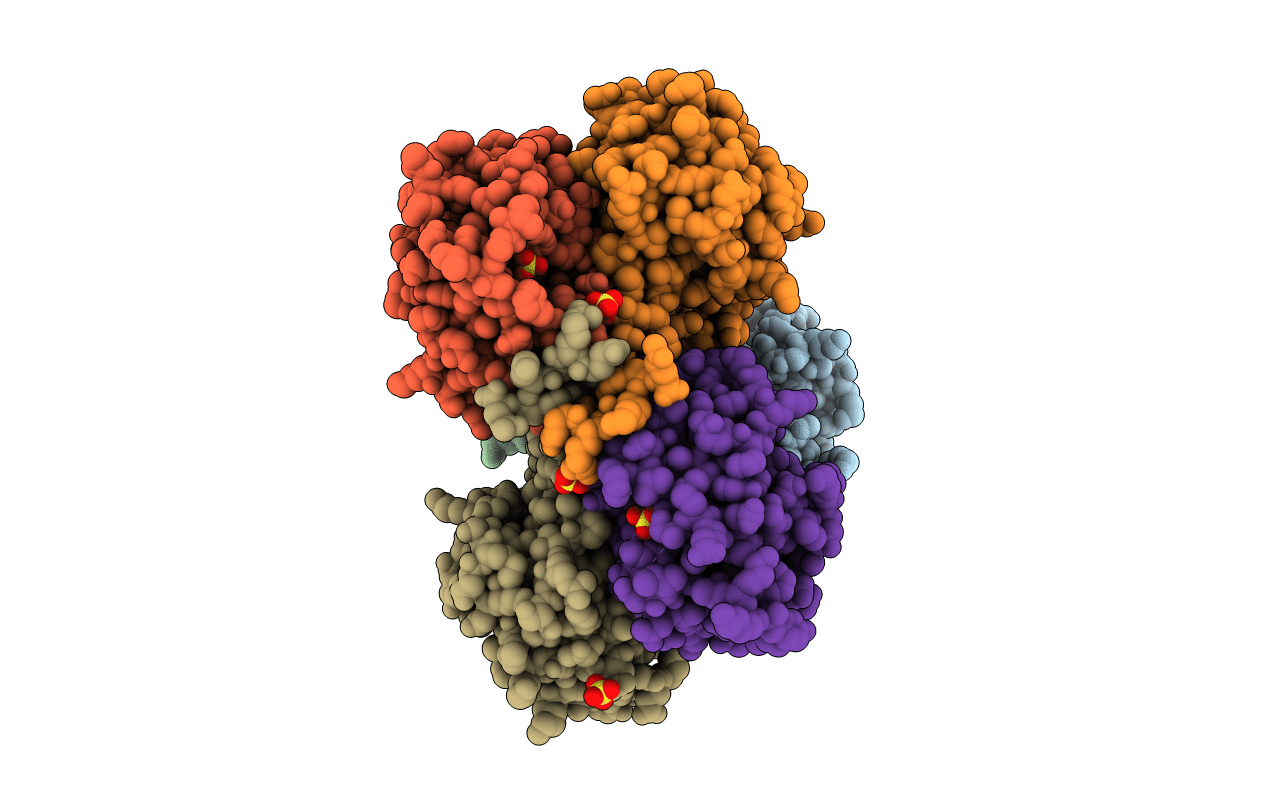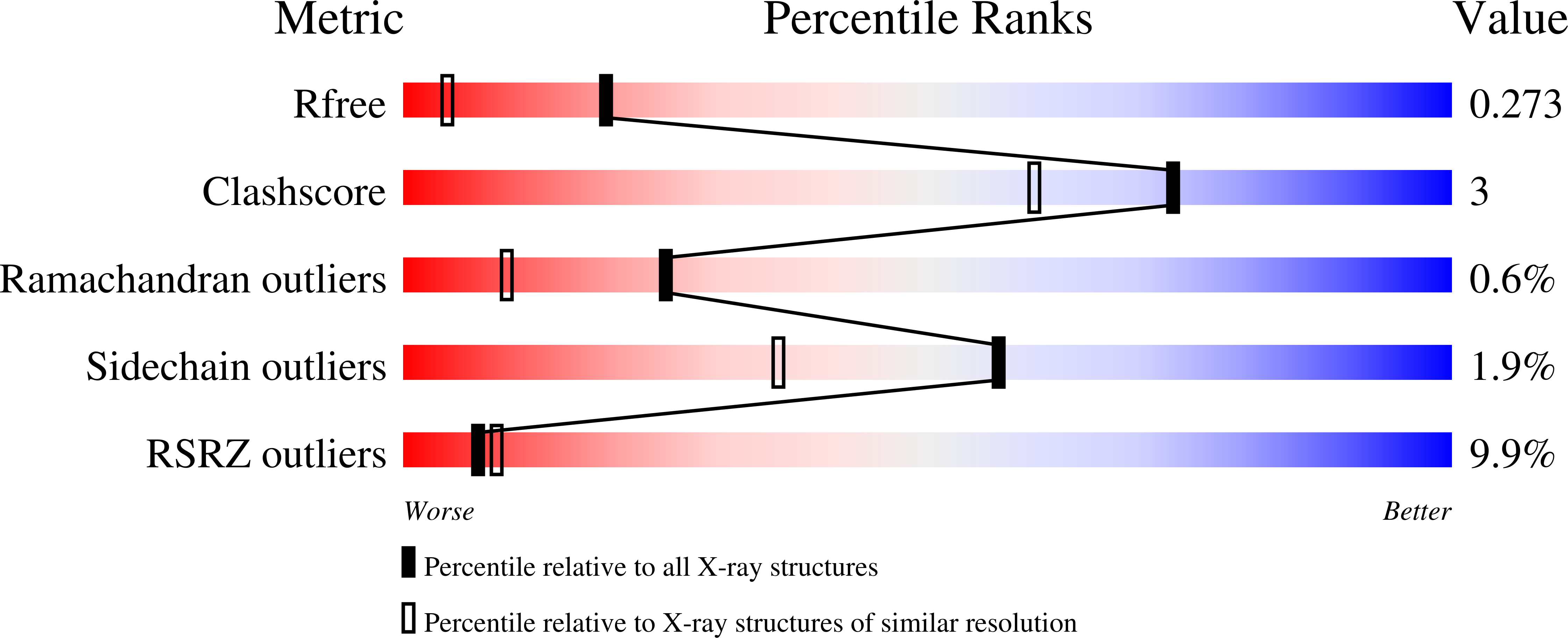
Deposition Date
2022-02-22
Release Date
2022-09-21
Last Version Date
2024-01-31
Entry Detail
PDB ID:
7Z06
Keywords:
Title:
Structure of YwlG (Q2FF14) from Staphylococcus aureus
Biological Source:
Source Organism:
Staphylococcus aureus (Taxon ID: 1280)
Host Organism:
Method Details:
Experimental Method:
Resolution:
1.74 Å
R-Value Free:
0.27
R-Value Work:
0.25
Space Group:
P 1 21 1


